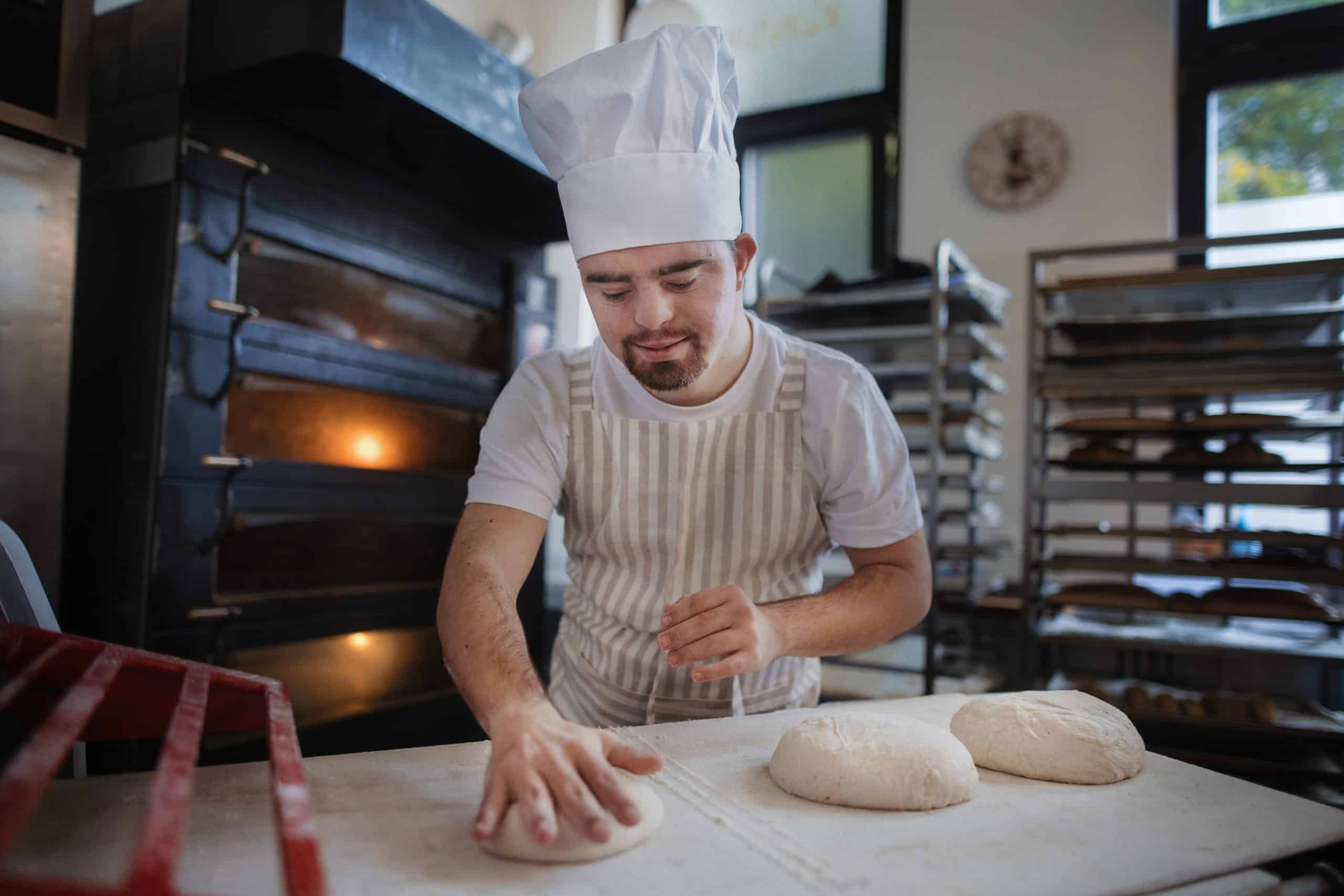How to Introduce a New Puppy to a Household with an Aging Dog?

Bringing a puppy into a household with an older dog can be an exciting event, but it can also present challenges. It’s a transition period that necessitates careful planning and patience. The American Kennel Club (AKC) advocates for a slow and steady approach to make the transition smooth for both the older dog and the new puppy. This article will discuss various strategies and tips that can help introduce a new puppy to a senior dog, ensuring the health and happiness of both pets.
Understanding the Behavior of Older Dogs
Older dogs, also referred to as senior dogs, possess a distinct set of behaviors that are shaped by a combination of their long-standing routines, health, and aging process. Before you introduce a new puppy into the mix, it’s vital to understand these behavioral patterns.
A découvrir également : What’s the Best Way to Teach a Dog to Respond to an Invisible Fence?
Senior dogs, unlike their younger counterparts, usually have a slower pace and less energy. They have established routines that provide comfort and predictability. Suddenly disrupting these routines with the introduction of a lively puppy can result in stress, anxiety, and even aggressive behavior.
Health is another essential factor to consider. Older dogs often grapple with a range of health issues, from arthritis to poor vision, which can make them more vulnerable and less tolerant of a puppy’s playful antics.
Dans le meme genre : What’s the Best Way to Reduce Dust in a Home with Pet Chinchillas?
Understanding these behaviors can help you anticipate potential problems and create a strategic plan for introducing the new puppy.
Preparing for the Puppy’s Arrival
Before the puppy arrives, there are several steps you can take to help smooth the transition and make the meeting less stressful for your older dog.
First, ensure your senior dog is in good health. Schedule a vet appointment to address any ongoing health issues that could influence their behavior towards the puppy.
Next, consider bringing an item with the puppy’s scent into your home before the actual introduction. This method will allow your senior dog to get accustomed to the new smell, thus making the puppy less of a surprise.
Lastly, make sure you’re reinforcing positive behavior in your older dog. Spend quality time together, and reassure them that they’re still an essential part of the family.
The First Meeting
The first meeting should be controlled and calm. One method is to introduce the dogs during a walk. This approach has multiple benefits. Firstly, the neutral territory can minimize territorial aggression. Secondly, walking together can foster a sense of companionship between the dogs.
Start by walking the dogs at a distance from each other and gradually allow them to come closer, always ensuring the older dog is comfortable. If any signs of aggression or discomfort are shown, increase the distance again until they are relaxed.
Avoid forcing interactions and help to facilitate a natural and gradual acquaintanceship. Remember, patience is key during this process.
Training the New Puppy
Training your new puppy is essential to ensure they understand and respect the older dog’s boundaries. You may need to teach your puppy not to pester the older dog, especially during their rest periods. Use positive reinforcement techniques, like praise and treats, to reward good behavior.
Remember, you should aim to supervise all interactions between the puppy and the older dog until you’re confident they have formed a positive relationship.
Managing Health, Food, and Activity Levels
Finally, it’s crucial to manage both pets’ health and activity levels. While your puppy may be full of energy, your older dog may not have the stamina to keep up. Allow your older dog to rest and don’t force them to play if they don’t want to.
Feeding times should also be managed separately to avoid food aggression. Ensure both dogs have their bowls and that the puppy doesn’t eat the senior dog’s food, as their nutritional requirements are different.
In conclusion, introducing a new puppy to a household with an older dog takes time, patience, and understanding. It’s about respecting the senior dog’s needs while helping the puppy adapt to the new environment. With a bit of planning and a lot of love, it can be a positive experience for everyone involved.
Adapting Your Older Dog’s Routine
When introducing a new puppy, it’s important to keep in mind that your senior dog’s routine might need to be adjusted. Older dogs are used to established patterns and introducing a new, energetic puppy might disrupt these patterns.
In the weeks leading up to the puppy’s arrival, it might be beneficial to make any necessary adjustments to the older dog’s routine. This could mean altering walk times to align with when you plan to walk the puppy or adjusting feeding times to prevent any potential food aggression. You can also create a safe space for your older dog, a place they can retreat to when they need time alone. This could be a specific room, a dog bed, or even a crate.
While making these changes, it is critical to ensure that your adult dog doesn’t feel neglected or less important. Continue to engage in activities that your current dog enjoys, whether that’s a particular game or a favorite walk route. Reinforcing these positive experiences will help them associate the changes with positive outcomes.
Don’t forget to observe your older dog’s body language during this period. Nonverbal cues can provide valuable insight into how they are adapting to the changes. Signs of stress or anxiety might indicate that the changes are too abrupt, and a more gradual transition would be more appropriate.
Respecting the Older Dog’s Boundaries
As the new puppy becomes more comfortable with its surroundings, it’s vital to instill a sense of respect for the older dog’s boundaries. This starts with dog training and teaching the puppy to understand when the older dog needs space.
One method of doing this is by using a leash or a playpen to limit the puppy’s movement. If the older dog is resting or eating, use these tools to keep the puppy at a distance. This will help the puppy understand that there are times when play is not appropriate.
In addition, you can use positive reinforcement to reward the puppy for respecting the older dog’s space. If the puppy backs off when the older dog growls or walks away, praise the puppy and offer a treat. This reinforces the idea that respecting boundaries is good behavior.
Remember, this process takes time and patience. It’s essential not to rush the process and to give both dogs the space and time they need to adjust to the new dynamic.
Conclusion
Introducing a new puppy to a household with an older dog can be a challenging but also rewarding experience. It requires a thorough understanding of the senior dog’s behavior, a careful preparation for the puppy’s arrival, a controlled first meeting, and consistent training to teach the puppy to respect the older dog’s boundaries.
Adjusting to the new dynamic will be a gradual process for both your older dog and the new puppy. It’s essential to remain patient, observe their body language, and adapt your approach if necessary.
Remember, it’s not just about making the puppy comfortable with its new environment, but also ensuring that the older dog’s needs and comfort are not overlooked. With a little bit of planning, a lot of patience, and a steady dose of love, you can successfully introduce a new puppy to your older dog and create a harmonious household for all.
